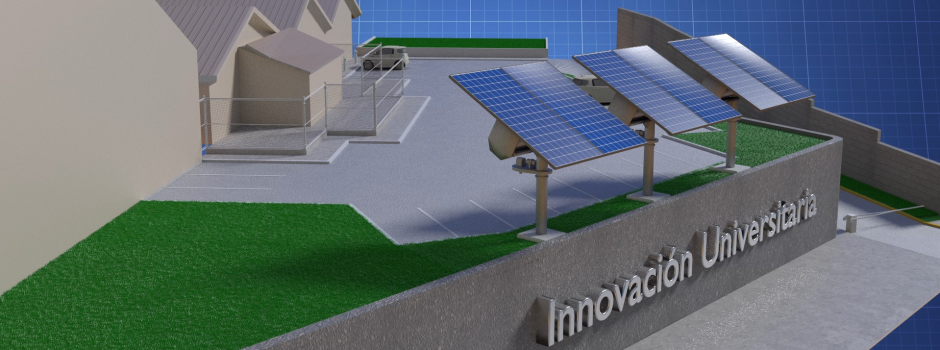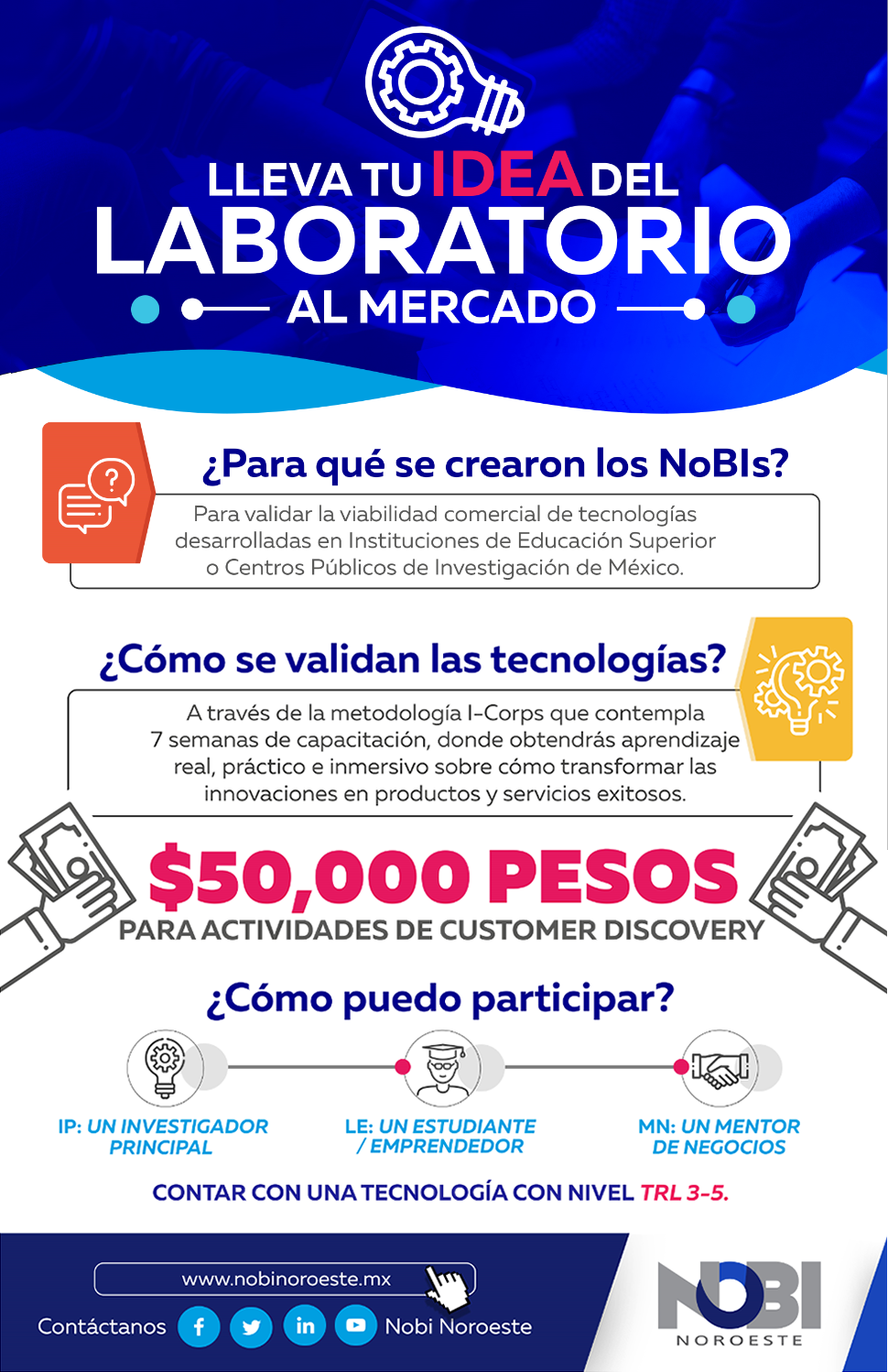Once the starting signal for the beginning of this project was given on February of this year in front of researchers and university authorities, during the last week of August it was made known in the official channel of the Technological Innovation Park (PIT, Parque de Innovación Tecnológica) of the Autonomous University of Sinaloa (UAS, Universidad Autónoma de Sinaloa) the conceptual video of this built-in ecologic model for implementing sustainability and the Internet of Things (IoT) in urban complexes, project realized as part of the participation agreement between PIT-UAS and the regional enterprise HunabSys.
The Smart EcoPark PIT-UAS will be constituted by the design and the implementation of a building prototype that integrates diverse models designed to incorporate sustainability as much as IoT on urban complexes. This project is composed by: an eco-parking with automatized access control via a mobile app; an internal combustion car turned into one of electric functioning, for which there will be two charging stations; a vertical garden which purpose will be to embellish spaces and to make the most of this type of urban agriculture’s ecologic benefits; and, as core element, a solar plant equipped with a system of solar trackers to optimize electric energy generation.
On February, within the framework of the beginning labors for the execution of this project, regional entrepreneur José Carlos Castro Padilla, whose company, HunabSys, is dedicated to develop new technologies researching and innovative computer solutions of high quality, expressed: “The idea, at the beginning, was to have solar panels that were more efficient than normal… And the only way to do that was building a solar tracking system, which means the panels will orient themselves depending on the Sun’s trajectory in order to obtain about 30% more solar energy production”.
For his part, MBA José Ramón López Arellano, PIT-UAS’ Director, specified that the rotatory photovoltaic system of approximately 12 Kw/h will feed the eco-parking, which will function as charging station for electric cars. Likewise, he claimed that, as part of the second phase of this built-in model, it is planned to make an own design of an electric car that includes IoT elements. This initiative, the IoT, was defined by the MBA as a “… big global project in which all devices are interconnected and generate relevant information in real time in order to improve the quality of life”. In addition to the above, it is proposed that the sustainable energy model to be implemented in the facilities of the PIT-UAS be extended to other university buildings.
Finally, according to the University’s Rector, PhD Juan Eulogio Guerra Liera, this project’s implementation puts the UAS “… on a work route of world class”. Besides, he added, “… the fact that this initiative is being possible thanks to the sum of efforts between the University, through the PIT, the Federal Government, through the CONACyT [National Council of Science and Technology, Consejo Nacional de Ciencia y Tecnología], and private initiative, by means of the enterprise HunabSys, positions it [this project] in a guideline of work linked to the servicing and the knowledge transfer”. In this way, the PIT-UAS complies with two of its tasks: objectifying the triple helix model (University-Government-Enterprise) as well as the technological transfer.
It is noteworthy that this project represents the opportunity for enriching the technical and scientific training of UAS’ and HunabSys’ human resources, on the base of an environmental culture, thought according to current tendencies directed to the adoption of technology as a tool to reach a rational usage of energy and the gradual inclusion of clean energy sources that contribute to mitigate climate change and global warming.
Thus, in alignment with the Plan of Institutional Development Consolidation 2017, the PIT-UAS contributes to strengthen the University as a green higher education institution, committed with taking care and preserving the environment through research and education, as well as by designing and developing technologies that allow to promote the establishment of a more respectful and conscious relation with the environment in the region.
Written by Moroni Arellano (Communication and Diffusion, PIT-UAS), translated by Belem Ruiz (Edition and Communication, PIT-UAS).



 Parque Científico Tecnológico, Universidad Autónoma de Sinaloa © 2015
Parque Científico Tecnológico, Universidad Autónoma de Sinaloa © 2015